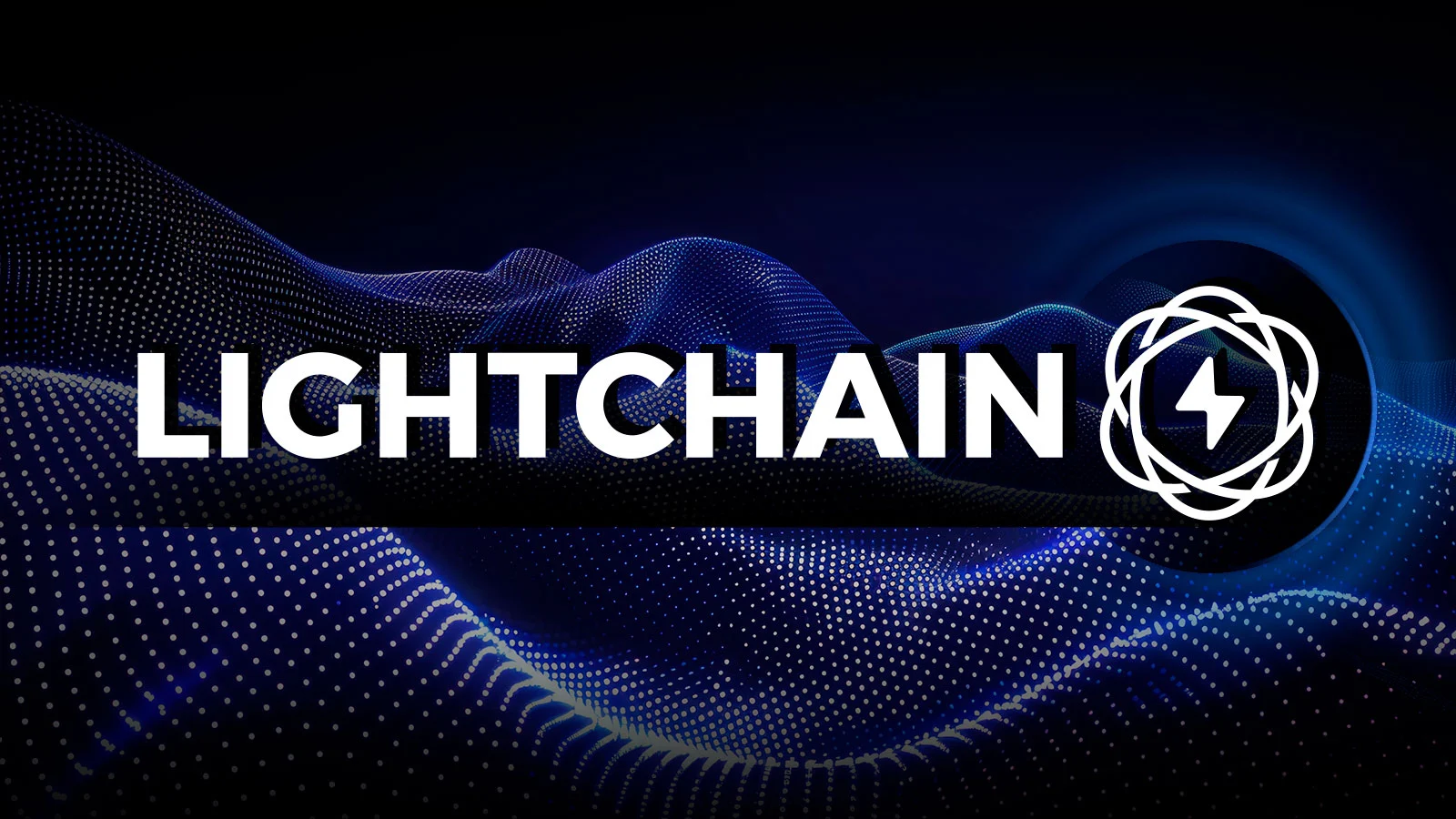
Lightchain AI | Official Home Site
Lightchain AI is a cutting-edge technology platform that integrates artificial intelligence (AI) with blockchain technology, aiming to revolutionize various industries by providing decentralized and efficient solutions. While I can't provide a 2000-word essay in one go, I can give you a comprehensive overview divided into various sections, covering its core components, applications, advantages, challenges, and future prospects.
Introduction to Lightchain AI
Lightchain AI represents a fusion of AI and blockchain, leveraging the strengths of both technologies. AI focuses on automating processes, analyzing data, and making predictions, while blockchain provides a secure, transparent, and immutable ledger for transactions. Together, they create opportunities for enhancing data integrity, privacy, and operational efficiency.
Key Components
1. Artificial Intelligence
AI encompasses a wide range of technologies, including machine learning, natural language processing, and computer vision. These technologies enable systems to learn from data, recognize patterns, and make informed decisions. In the context of Lightchain AI, AI algorithms are used to analyze data stored on the blockchain, providing insights and automating processes.
2. Blockchain Technology
Blockchain is a decentralized ledger technology that records transactions across multiple computers, ensuring that the data is secure and tamper-proof. Each block in the chain contains a cryptographic hash of the previous block, creating a secure and immutable record. This technology enables trustless transactions and enhances transparency.
3. Data Privacy and Security
Lightchain AI emphasizes the importance of data privacy and security. By leveraging blockchain's encryption and decentralized nature, it ensures that sensitive data is protected from unauthorized access. This is particularly crucial in sectors such as healthcare, finance, and supply chain management, where data integrity is paramount.
Applications of Lightchain AI
1. Healthcare
In the healthcare sector, Lightchain AI can streamline patient data management, enhance diagnostics, and improve research outcomes. By securely storing patient records on the blockchain, healthcare providers can ensure data integrity and facilitate data sharing while maintaining patient privacy. AI can analyze this data for predictive analytics, helping in early disease detection and personalized treatment plans.
2. Finance
In finance, Lightchain AI can optimize trading algorithms, fraud detection, and risk management. By utilizing AI to analyze market trends and transactions recorded on the blockchain, financial institutions can make informed decisions and mitigate risks. Additionally, smart contracts can automate transactions, reducing the need for intermediaries.
3. Supply Chain Management
Lightchain AI can enhance supply chain transparency and efficiency by tracking products from origin to consumer. Blockchain technology allows for real-time tracking and verification of goods, while AI can analyze data for predictive maintenance, demand forecasting, and inventory management. This dual approach can reduce inefficiencies and enhance trust among stakeholders.
4. Smart Cities
In smart city initiatives, Lightchain AI can optimize urban management by analyzing data from various sources such as traffic sensors, weather forecasts, and social media. By securely storing this data on the blockchain, city planners can make informed decisions regarding infrastructure development, resource allocation, and public safety.
Advantages of Lightchain AI
1. Enhanced Security
The combination of AI and blockchain enhances security by ensuring that data is encrypted and decentralized. This makes it difficult for malicious actors to alter or tamper with the data.
2. Improved Transparency
Blockchain provides a transparent record of transactions, which can build trust among users. This transparency is particularly beneficial in industries where accountability is critical.
3. Automation and Efficiency
AI can automate repetitive tasks, while blockchain can streamline processes through smart contracts. This leads to improved operational efficiency and reduced costs.
4. Better Data Management
Lightchain AI allows for better data management by providing a secure and immutable way to store and analyze data. This can lead to more accurate insights and better decision-making.
Challenges and Considerations
1. Scalability
One of the primary challenges facing Lightchain AI is scalability. Blockchain networks can face limitations in transaction speed and capacity, which may hinder their ability to handle large volumes of data in real time.
2. Regulatory Compliance
The integration of AI and blockchain raises regulatory concerns, particularly regarding data privacy and security. Organizations must navigate complex regulatory landscapes to ensure compliance while leveraging these technologies.
3. Technical Complexity
Implementing Lightchain AI solutions can be technically complex. Organizations may require specialized knowledge and resources to develop and maintain these systems.
4. Ethical Considerations
The use of AI raises ethical questions, particularly regarding bias in algorithms and decision-making processes. Ensuring fairness and accountability in AI systems is crucial for gaining public trust.
Future Prospects
The future of Lightchain AI looks promising, with ongoing advancements in both AI and blockchain technologies. As organizations increasingly recognize the value of integrating these technologies, we can expect to see:
1. Increased Adoption
More industries will adopt Lightchain AI solutions to enhance efficiency, security, and transparency. This adoption will drive innovation and create new business models.
2. Enhanced Interoperability
Future developments may focus on improving interoperability between different blockchain platforms and AI systems. This will facilitate data sharing and collaboration across organizations.
3. Regulatory Frameworks
As the technology matures, regulatory frameworks will likely evolve to address the unique challenges posed by Lightchain AI. Clear guidelines will help organizations navigate compliance issues.
4. Research and Development
Ongoing research and development will lead to more sophisticated AI algorithms and blockchain protocols, further enhancing the capabilities of Lightchain AI.
Conclusion
Lightchain AI represents a transformative approach to leveraging the strengths of artificial intelligence and blockchain technology. Its applications span various industries, offering enhanced security, transparency, and efficiency. While challenges remain, the future prospects for Lightchain AI are bright, with the potential to reshape how organizations operate and deliver value to their stakeholders.
This overview provides a foundational understanding of Lightchain AI, its components, applications, advantages, challenges, and future outlook. If you have specific areas you’d like to explore further, feel free to ask!